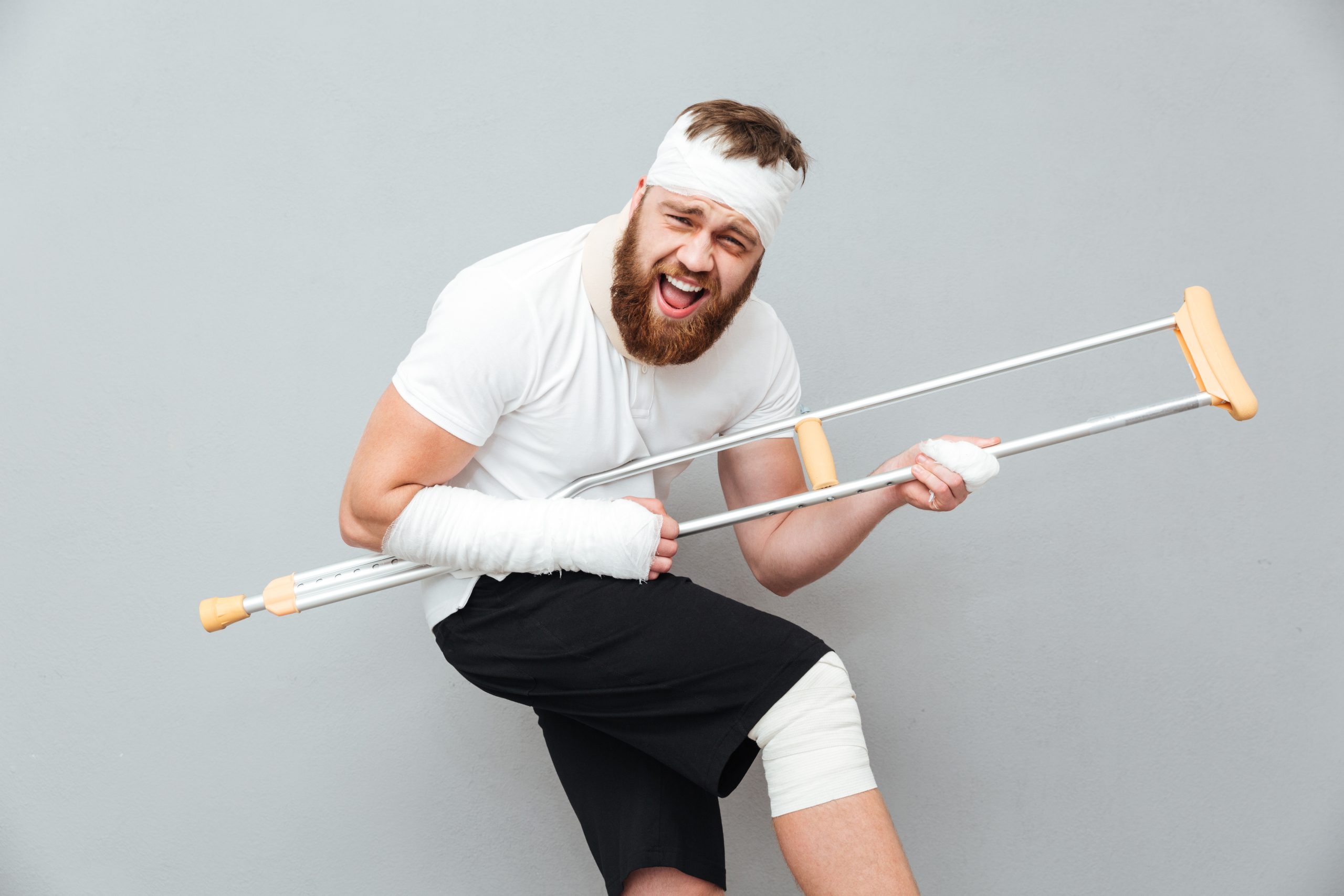Introduction to Inclusive Cleaning Practices
Cleaning is an essential part of maintaining a healthy and comfortable home, but not everyone has the same needs or abilities. For people with disabilities, cleaning can be challenging, and their homes may not always be as accessible as they need them to be. However, by implementing inclusive cleaning practices, we can make sure that everyone feels safe and comfortable in their own space.
The Importance of Accessible and Safe Homes for People with Disabilities
For people with disabilities, having an accessible and safe home is crucial for their well-being. A lack of accessibility can lead to accidents, injuries, and even isolation from loved ones. By making our homes more accessible, we can ensure that everyone can move around safely and independently. This includes things like installing grab bars in bathrooms, using non-slip mats in showers and bathtubs, and ensuring there are no trip hazards throughout the house.

Tips for Creating an Accessible Cleaning Routine
Creating an accessible cleaning routine involves thinking about the specific needs of each individual and adapting accordingly. Here are some tips to get started:
1. Use color coding: Label your cleaning supplies with different colors so you know which tools go where.
2. Keep items within reach: Make sure all cleaning supplies are easily accessible and within reach. You may want to invest in a cart or basket to keep everything organized.
3. Choose the right products: Look for cleaning products that are fragrance-free and hypoallergenic to avoid irritating sensitive skin or respiratory systems.
4. Adapt your equipment: If you have trouble bending down or reaching high places, consider investing in tools like extension poles or long-handled brushes.
Adapting Your Cleaning Supplies and Equipment for Better Accessibility
When it comes to adapting your cleaning supplies and equipment, there are many options available. Some examples include:
1. Long-handled dustpans: These allow you to sweep floors without having to bend over.
2. Extension poles: These attach to your vacuum cleaner or mop, allowing you to clean hard-to-reach areas without having to climb ladders or stepstools.
3. Ergonomic cleaning tools: There are now many cleaning tools on the market designed specifically for people with disabilities, such as grips that make it easier to hold onto objects.
Conclusion: Making a Difference in the Lives of People with Disabilities Through Inclusive Cleaning Practices
By implementing inclusive cleaning practices, we can help create safer and more comfortable homes for people with disabilities. It’s important to remember that every person’s needs are unique, and what works for one person may not work for another. But by being mindful of these issues and taking steps to address them, we can make a real difference in the lives of those who struggle with mobility and accessibility challenges.
